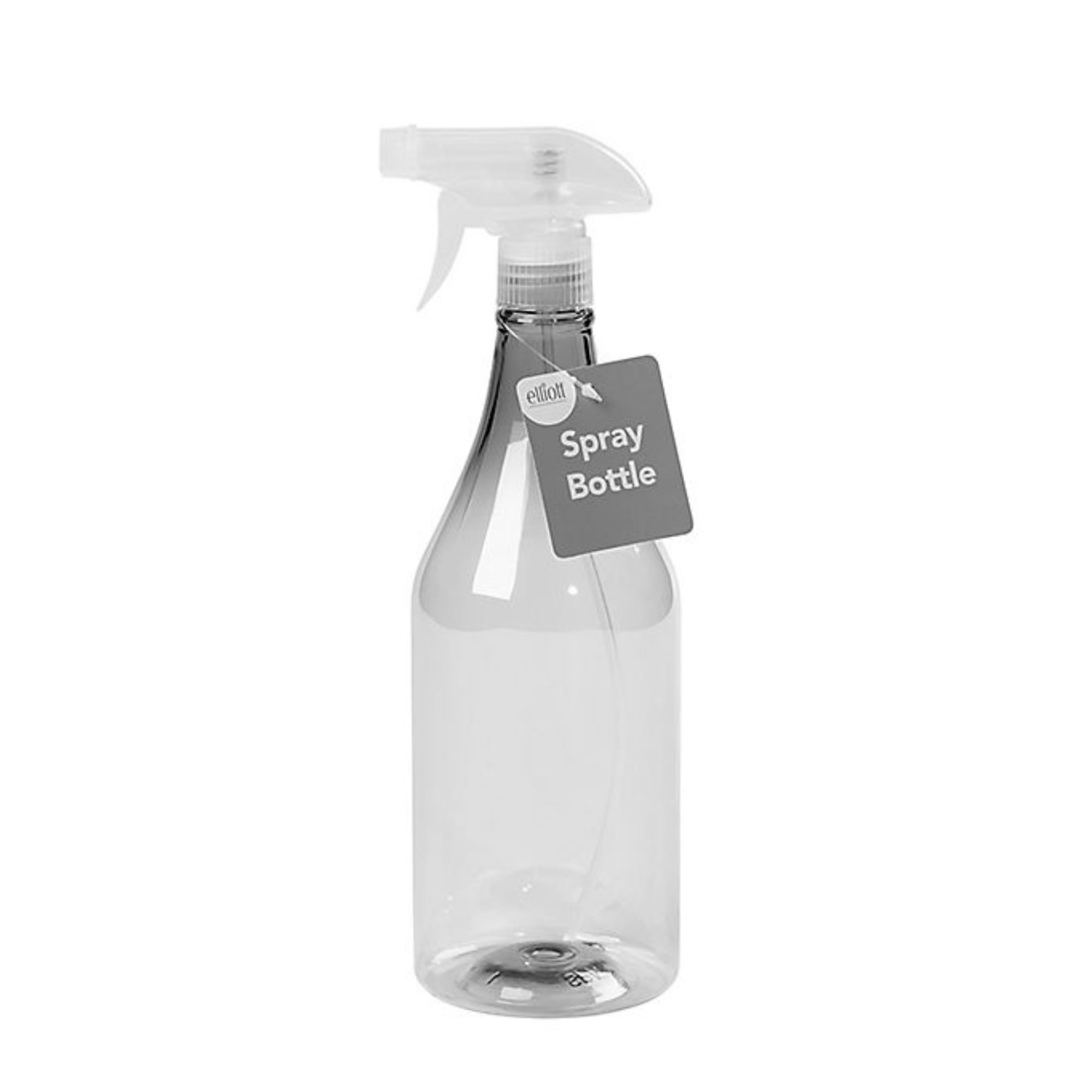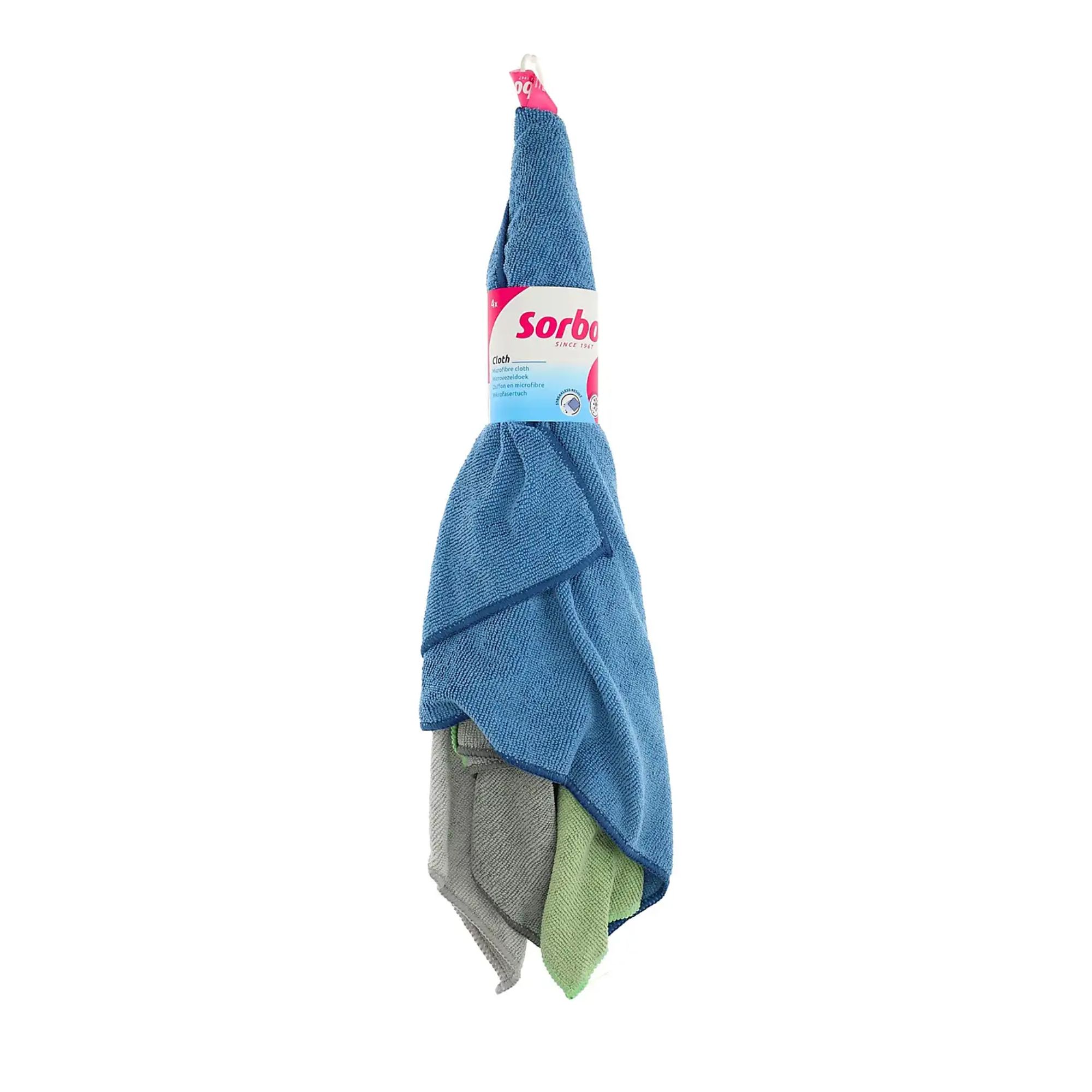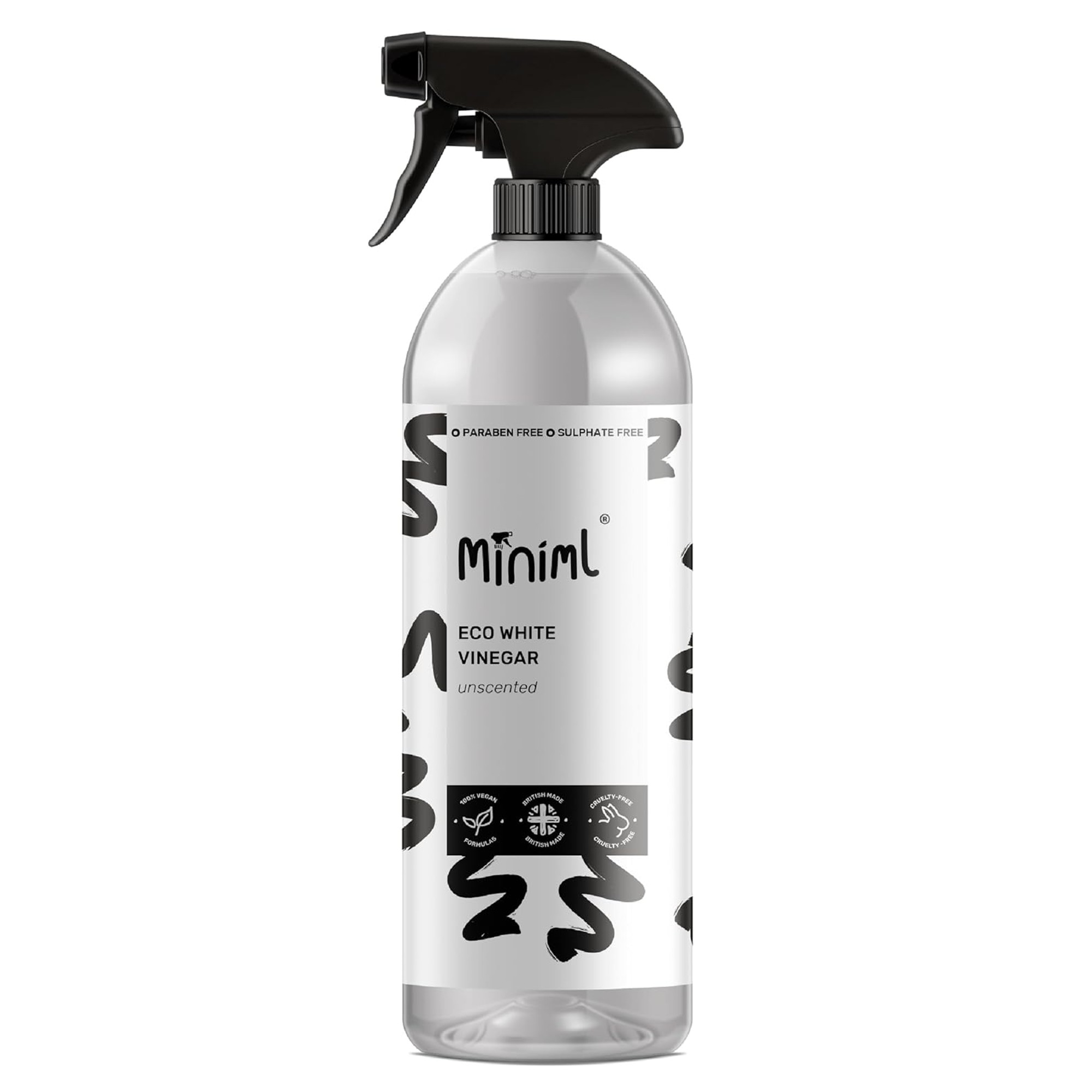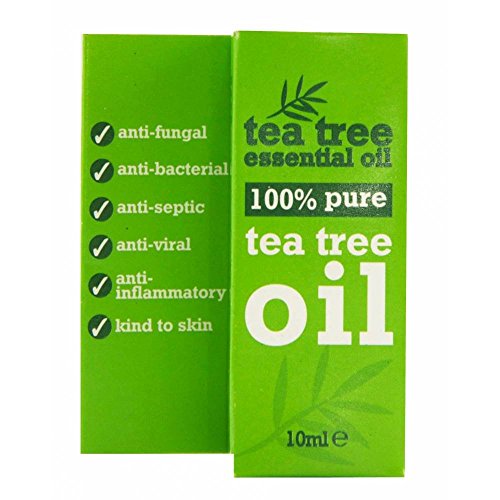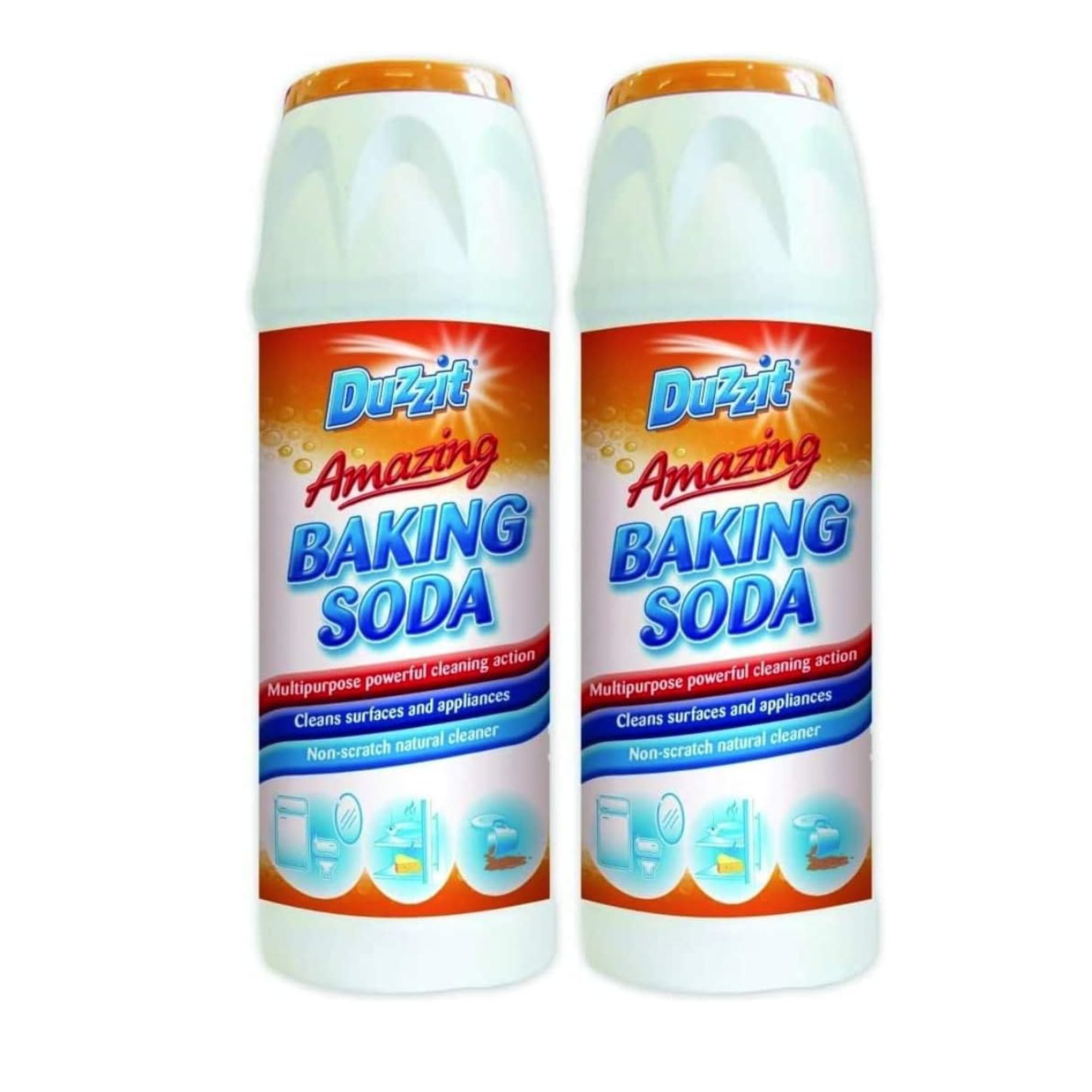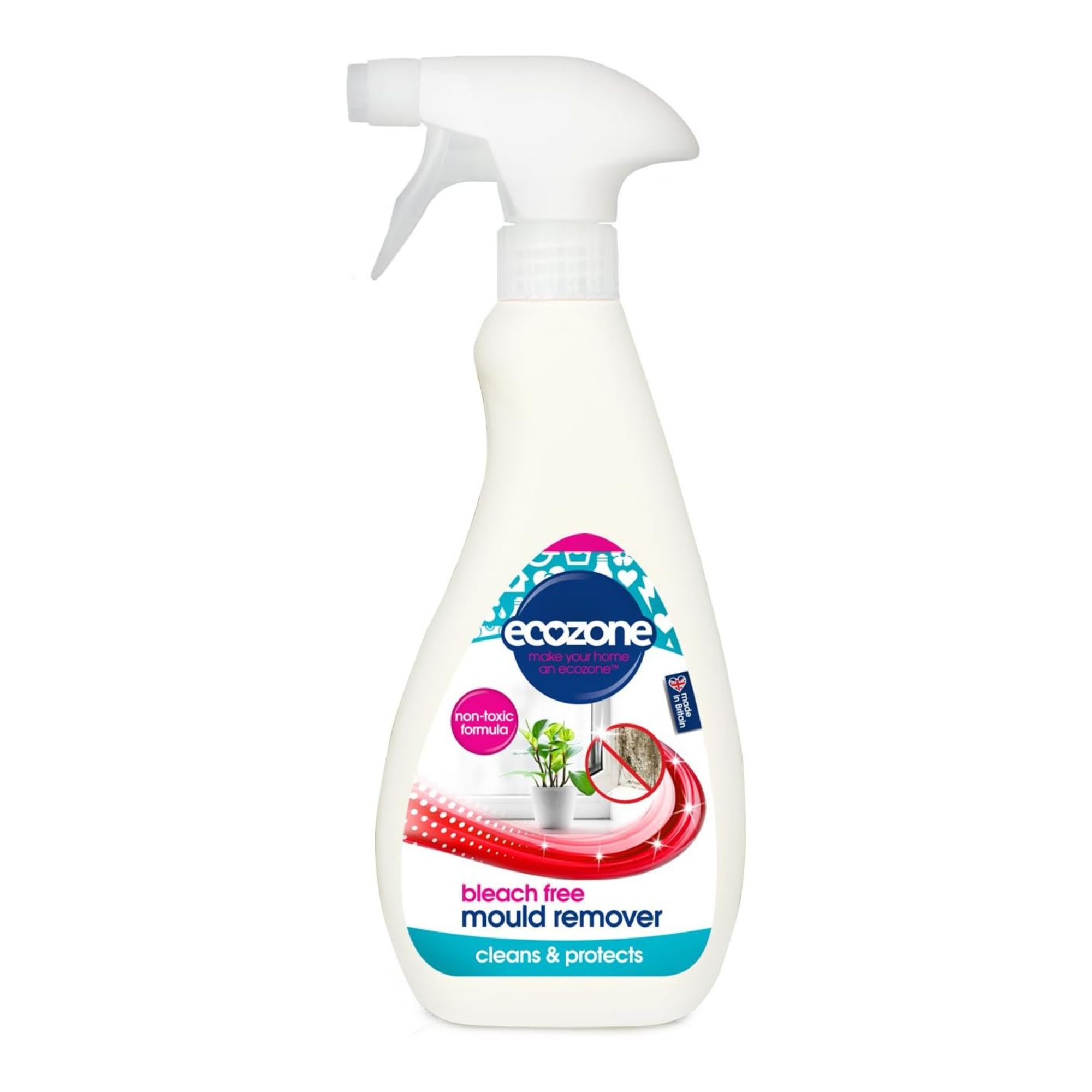How to clean mould from window sills - 4 household products you can use to restore your windows to their former glory
Restore your window sills to their former glory
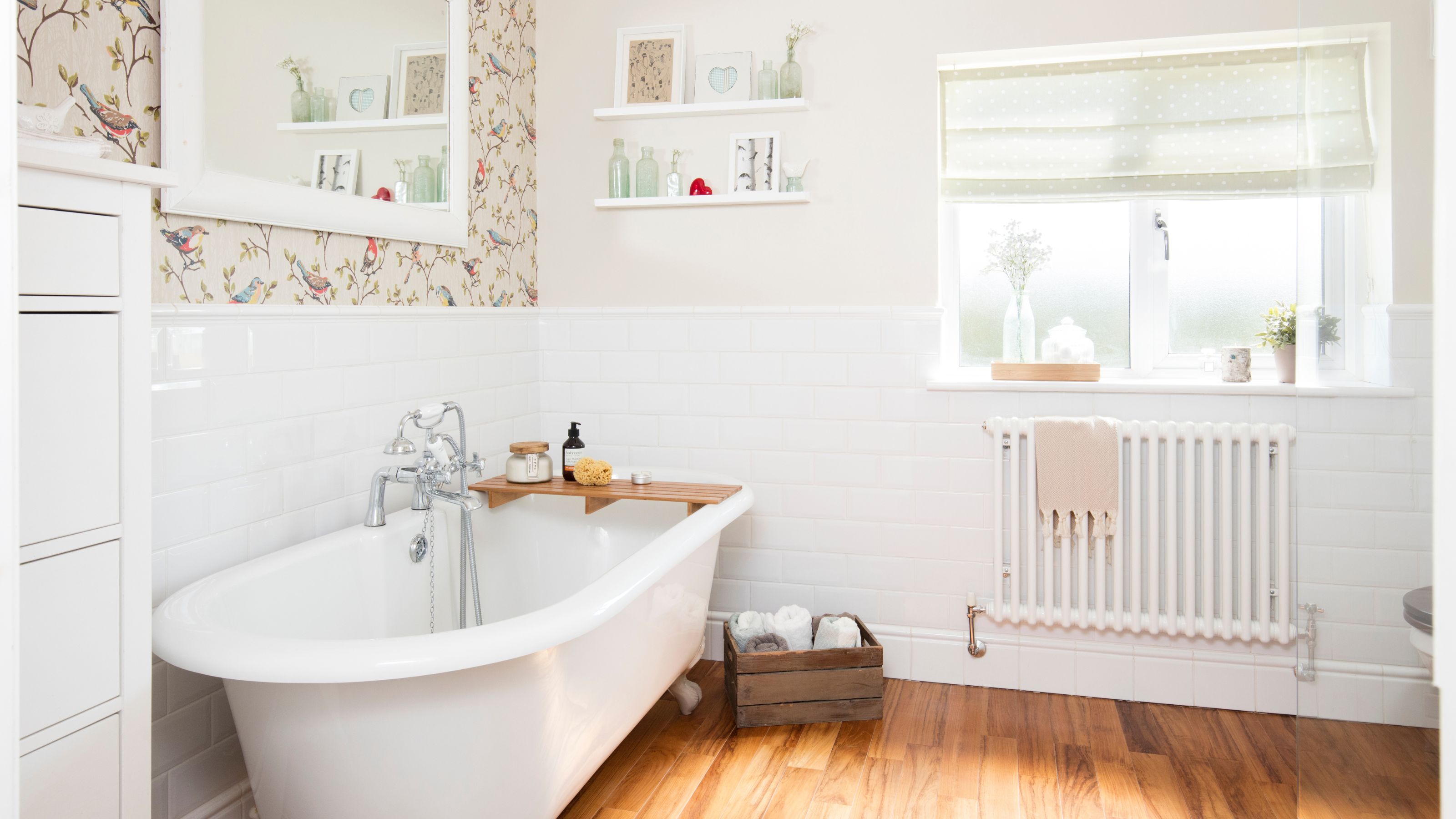

Many of us have to deal with mould, especially during the winter when cold and wet weather brings damp and condensation into the home. But if you've found mould settling near your windows, you'll need to know how to clean mould from window sills to get them looking their best again.
You might already know how to get rid of mould on walls and how to clean windows, but cleaning mould from window sills is a whole different ball game. The spores can become embedded into wood grains or discolour the uPVC, and ultimately spread like wildfire if not taken care of as soon as possible. This can then become a major health hazard.
That’s why we’ve spoken to the experts to help you understand exactly how to clean mould from window sills. And when you’ve done that, you need to stop the mould from coming back. But that’s all easy to do if you follow these steps.
What you'll need
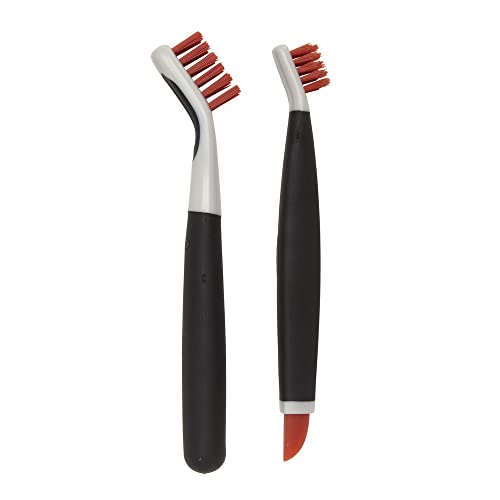
A good brush will help you out when cleaning mould from window sills, and this set comes in two different sizes.
1. Use white vinegar
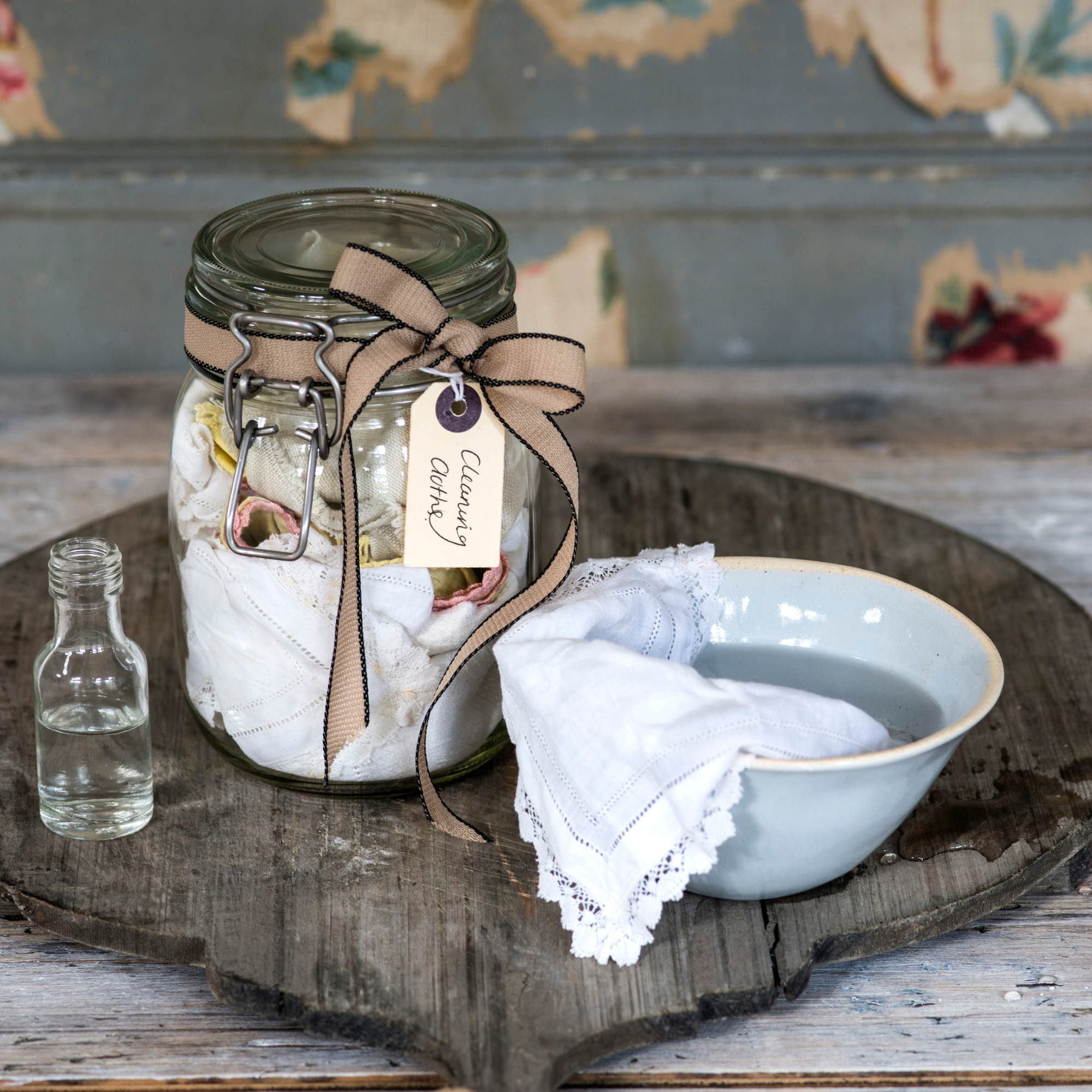
White vinegar really is the gift that keeps on giving, and we urge everyone to clean with white vinegar where they can. After all, it’s a natural disinfectant, degreaser, and deodoriser - and that’s before we mention that it can also help to get rid of mould.
This is supported by Sam Tamlyn, Interior Expert and Managing Director of Shutterly Fabulous, who explains, ‘Vinegar is a natural, non-toxic disinfectant that can kill up to 82% of mould species, and kill mould at its roots, making it perfect for mild mould outbreaks as it works on both porous and nonporous surfaces.’
And while there are a few things you shouldn’t clean with white vinegar, window sills aren’t on that list. In fact, you can use diluted white vinegar to clean wooden window sills and undiluted white vinegar on uPVC or tiled window sills. Just make sure you don’t accidentally use undiluted white vinegar on wooden window sills, or you may damage the wood.
For the best results, simply spray the white vinegar onto the window sill and let it work its magic for about 30 minutes to an hour (the longer, the better). You can then use a cleaning brush to scrub away the mould before rinsing with warm water.
Sign up to our newsletter for style inspiration, real homes, project and garden advice and shopping know-how
You should then dry thoroughly with a clean cloth to prevent condensation and damp, which could lead to further mould build-up. Then, Jo Trotman, Marketing Manager at The Residence Collection, urges, ‘Always throw away the rag after use and use rubber gloves and a mask where possible to stop the inhalation of the mould.’
2. Use tea tree oil
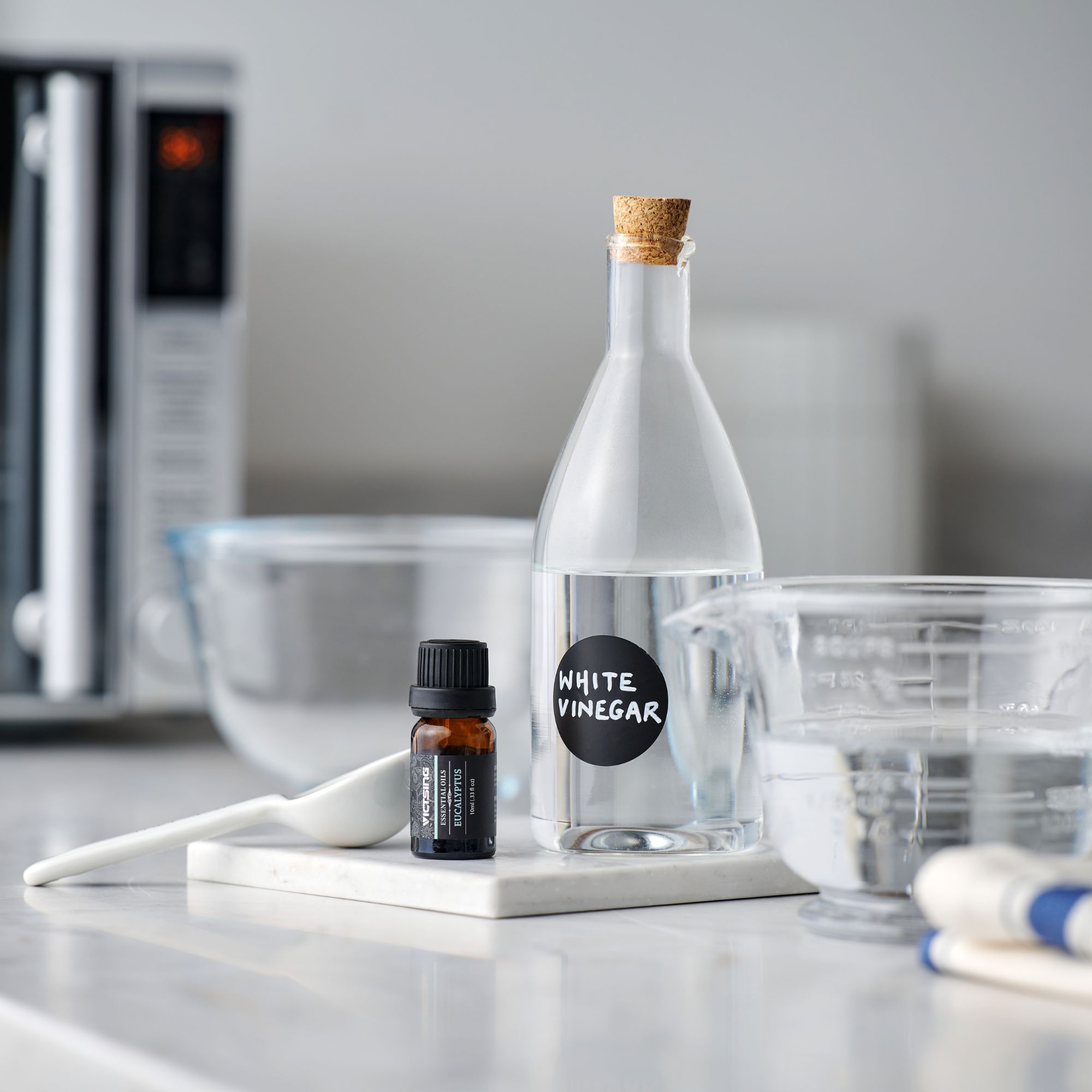
You might not realise that tea tree oil can get rid of mould - and it’s very effective at it, too. In fact, tea tree oil is one of the many essential oils that can be used for cleaning. That’s because it has natural anti-bacterial properties that can be used around the house and even for cleaning mould off window sills.
If you want to get extra-scientific, this essential oil actually contains alpha terpineol and terpene-4-ol, two active compounds that have been scientifically proven to break down the cell wall of mould spores and kill them.
And the easiest way to use tea tree oil to clean mould from window sills is to mix a 1:1 solution of the essential oil and water in a spray bottle. Then you can follow the same steps you would take if you had used white vinegar - let it sit for a bit and scrub it off.
As an alternative, Andy Ellis, bathroom expert at Posh.co.uk, has suggested another way to use tea tree oil to clean mould from window sills, though. He says, ‘Pour tea tree oil onto a cotton pad and dab it around the window ledge and on the glass itself. Leave it to rest overnight and wipe it down afterwards with a microfibre cloth.’
3. Use lemon juice
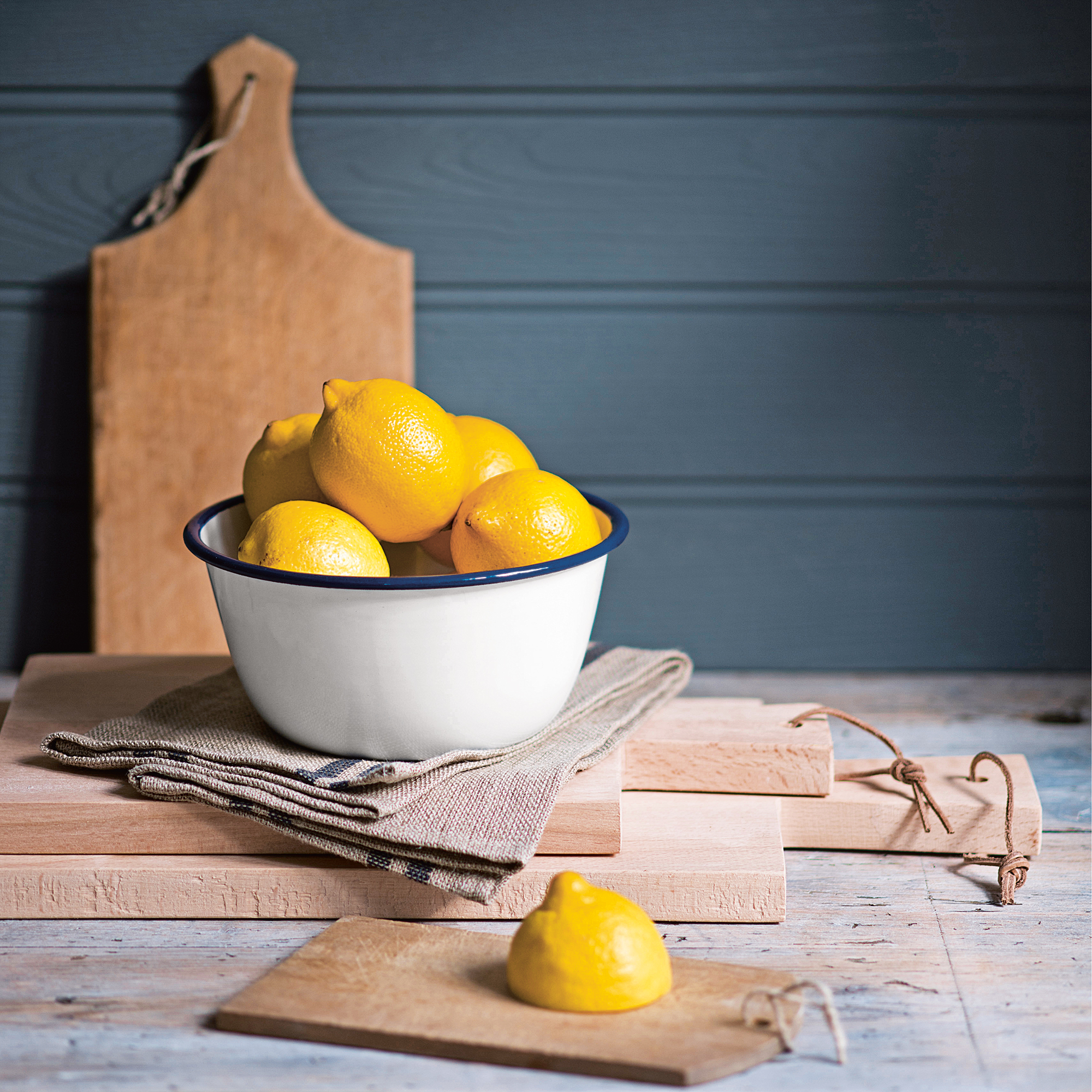
Lemon juice is an impressive cleaning agent. As well as cleaning your oven, it can help you tackle window sill mould too.
Sam explains, ‘The acidity of lemon juice makes it a natural bleaching agent and disinfectant. Its high concentration of acid in lemon breaks down mould spores and removes stains, making mould easy to remove.’
However, the bleaching qualities and the fact that lemon will only clean the mould on the surface - rather than embedded mould - means that it’s not an ideal option for wooden window sills. It’ll work for other materials, though.
And while you can use lemon juice on its own, you could also mix the lemon juice with baking soda to form a cleaning paste that can be scrubbed into the window sill. This will kill the mould, deodorise the area, and clean it up so it looks as good as new.
4. Use bleach or a mould remover
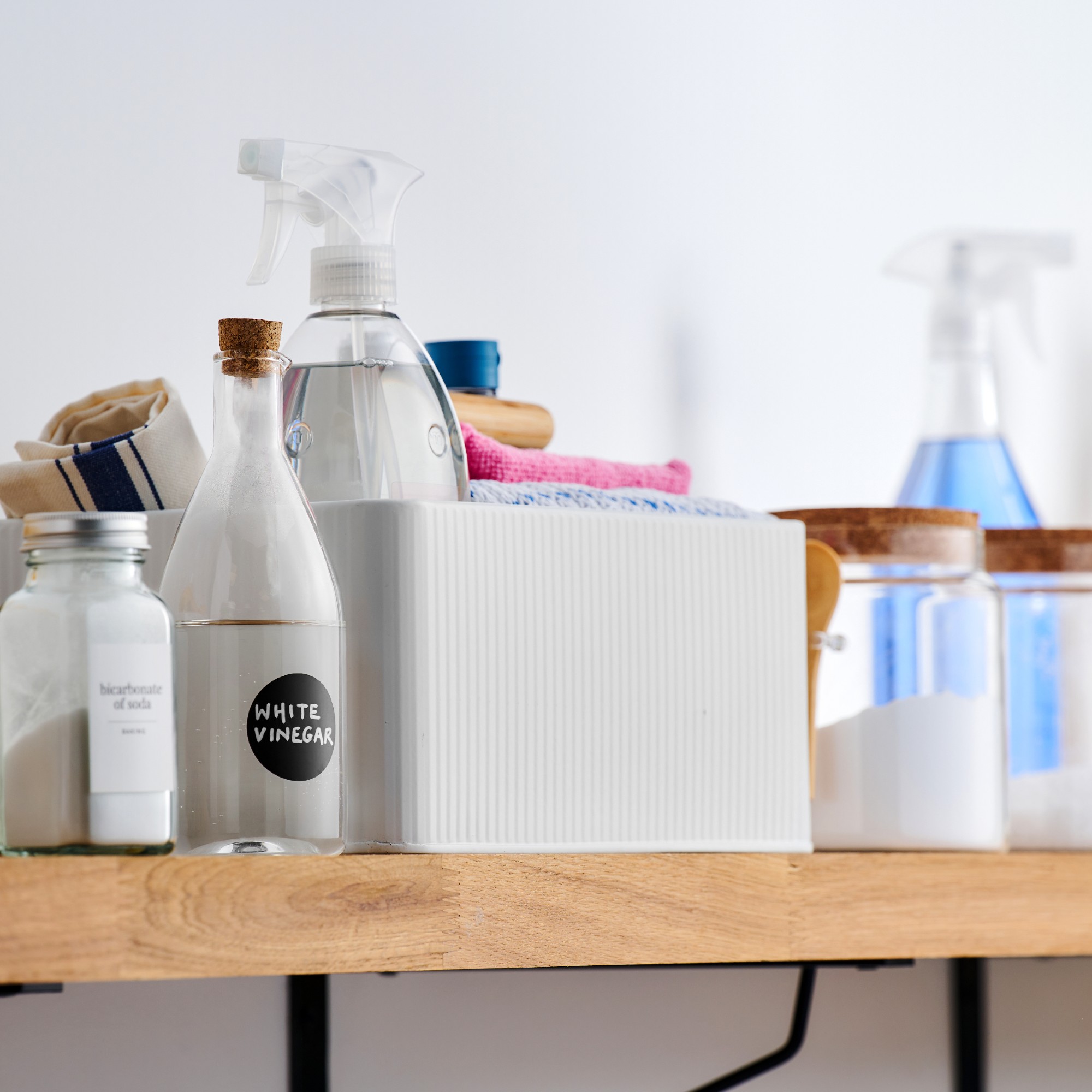
Although we prefer natural remedies at Ideal Home, we understand that some people may want to use something stronger or more bespoke when dealing with something as serious as mould. So, if you want to, you can also use bleach or a dedicated mould remover to de-mould window sills.
However, this does come with a warning, as using bleach to clean mould off wood can have disastrous consequences if you’re not careful. That’s why most experts would advise that you only use bleach on uPVC or tiled window sills in kitchens and bathrooms. Then, use one of the alternative options we've mentioned above for wooden window sills.
If you aren't a fan of bleach, it is possible to buy bleach-free mould removers, too, so this could be a great option if you want something stronger that won’t damage your home in the process. Just remember to wear gloves and a mask if using chemical products.
FAQs
Why is mould growing on my window sill?
Mould is ultimately caused by a build-up of moisture in your home, and it’s not uncommon around windows. In fact, condensation is generally regarded as the main reason mould grows on a window sill, as the warm air inside your home settles on the cold panes to create condensation. It can then drip down onto your windowsills, forming mould over time.
Mould on a window sill can also be caused by defective window seals, leaking gutters, or even leaking pipes, which can let in moisture and result in mould growth. Because of this, it’s always a good idea to check your window seals every so often and give your home a once-over before winter really sets in.
How do I keep my windows mould-free?
Ventilation is key if you want to keep windows mould-free, as this will combat all of the things contributing to mould growth - including condensation, leaks, and a lack of airflow.
And while opening the windows regularly (even in the winter) and wiping off condensation when you see it are two of the best things you can do to keep mould away from your windows, using one of the best dehumidifiers can also help to bring down the humidity of the room and suck up any excess moisture.
If you are worried about potential mould build-up on your window sills, you can also apply a layer or two of mould-resistant paint to resist the mould spores.

Lauren Bradbury has been the Content Editor for the House Manual section since January 2025 but worked with the team as a freelancer for a year and a half before that. She graduated with a Bachelor’s degree in English and Creative Writing from the University of Chichester in 2016. Then, she dipped her toe into the world of content writing, primarily focusing on home content. After years of agency work, she decided to take the plunge and become a full-time freelancer for online publications, including Real Homes and Ideal Home, before taking on this permanent role. Now, she spends her days searching for the best decluttering and cleaning hacks and creating handy how-to guides for homeowners and renters alike, as well as testing vacuums as part of her role as the Ideal Home Certified Expert in Training on Vacuums, having spent over 110 hours testing different vacuum models to date!
